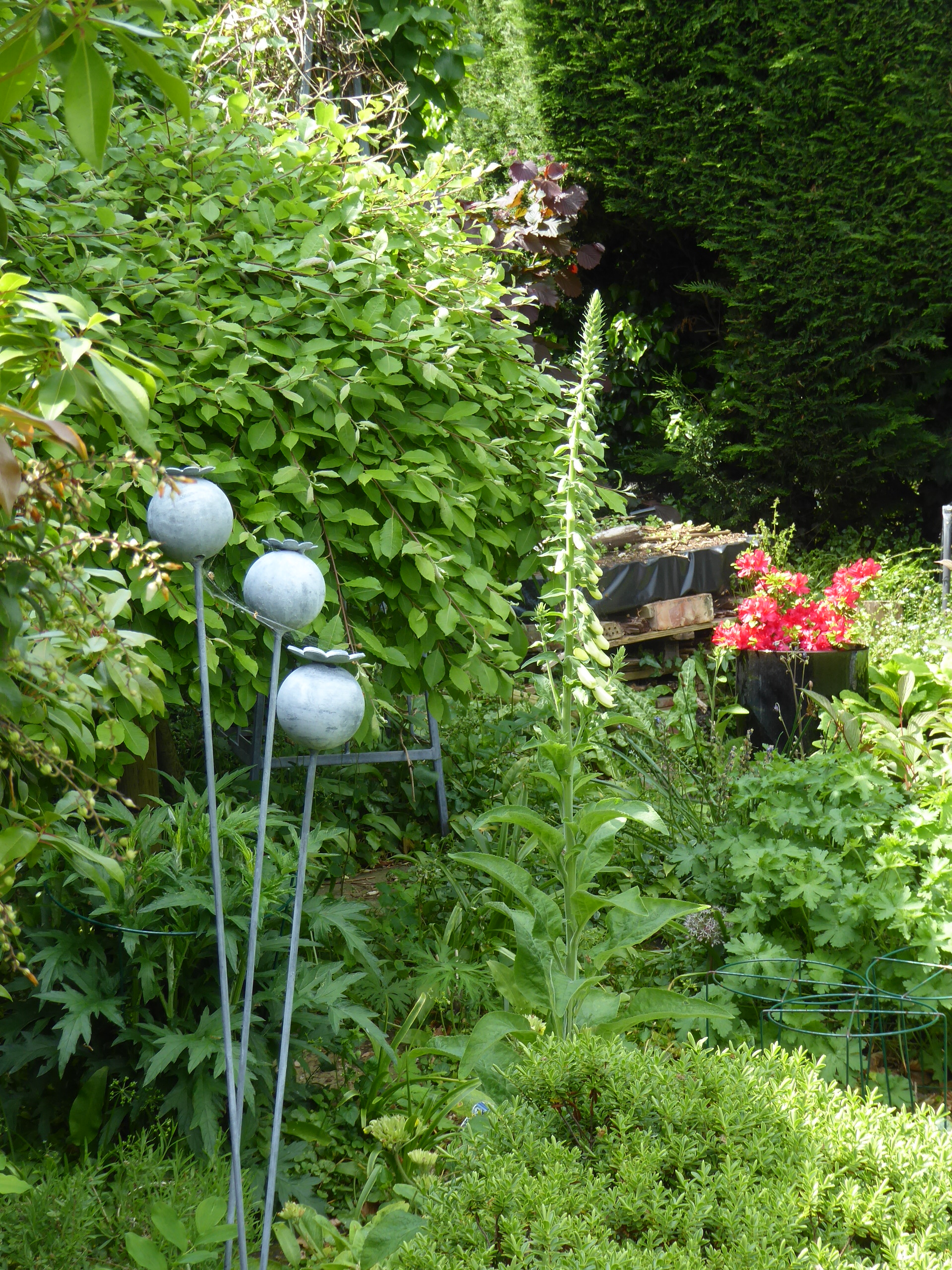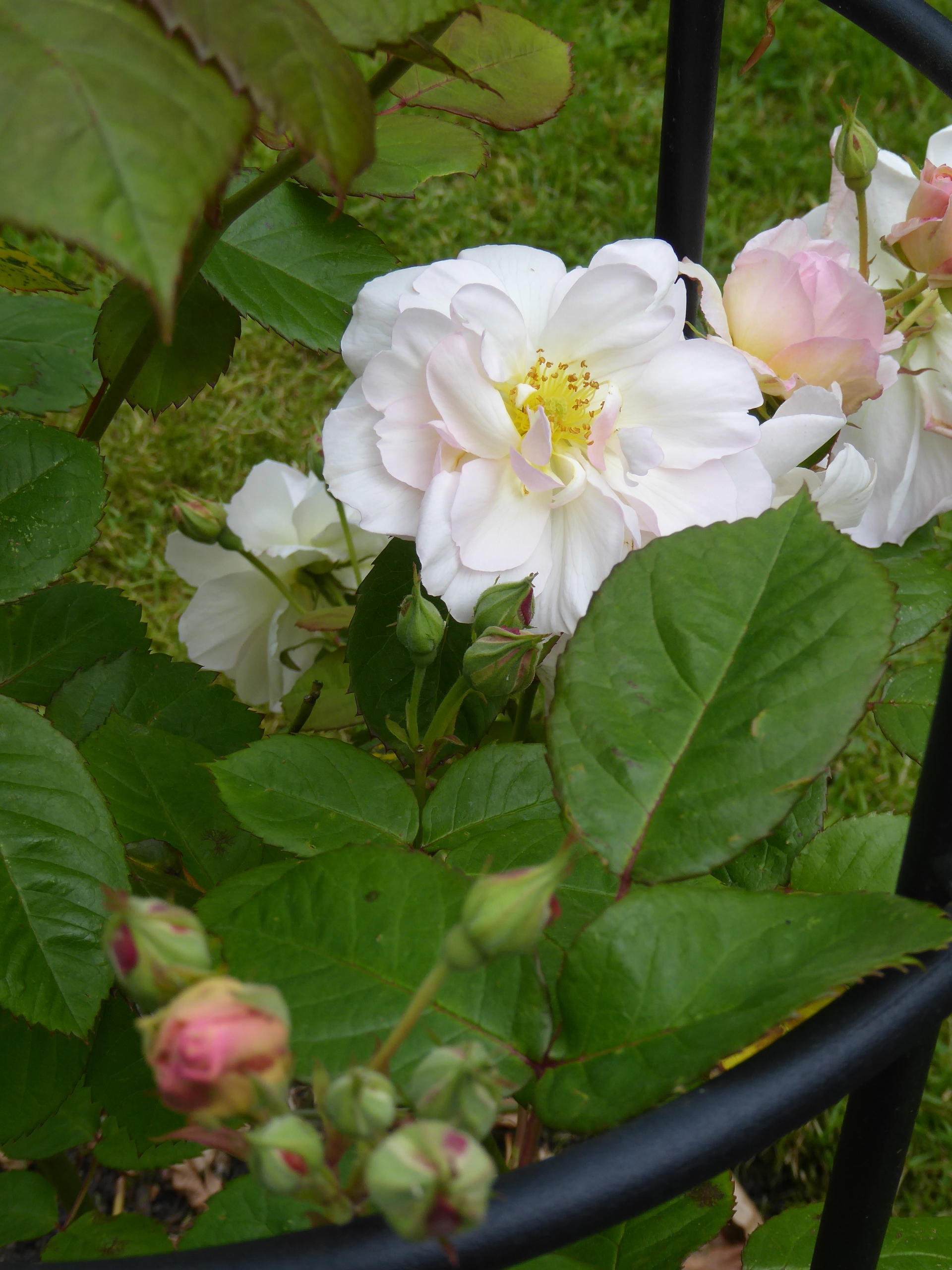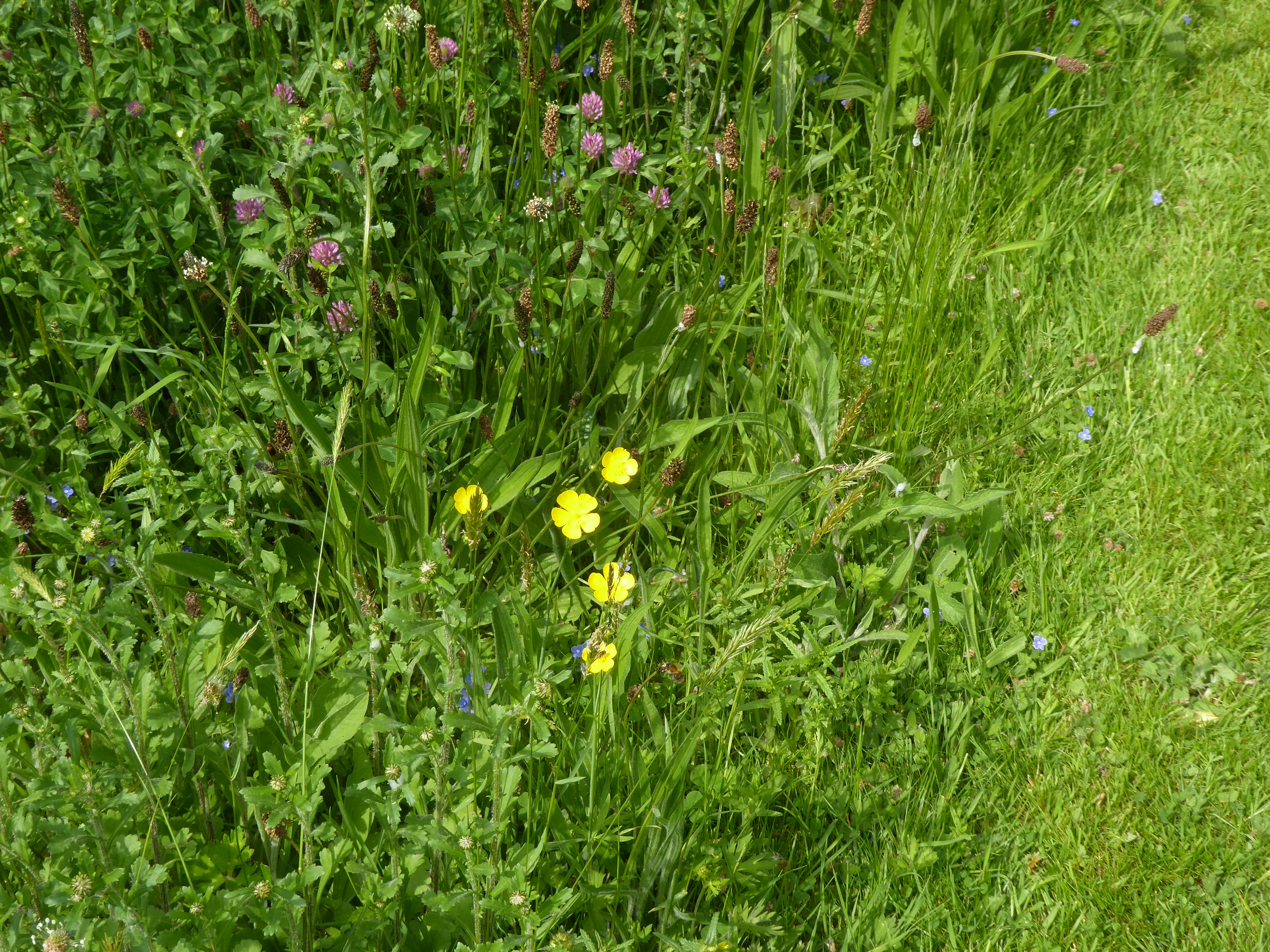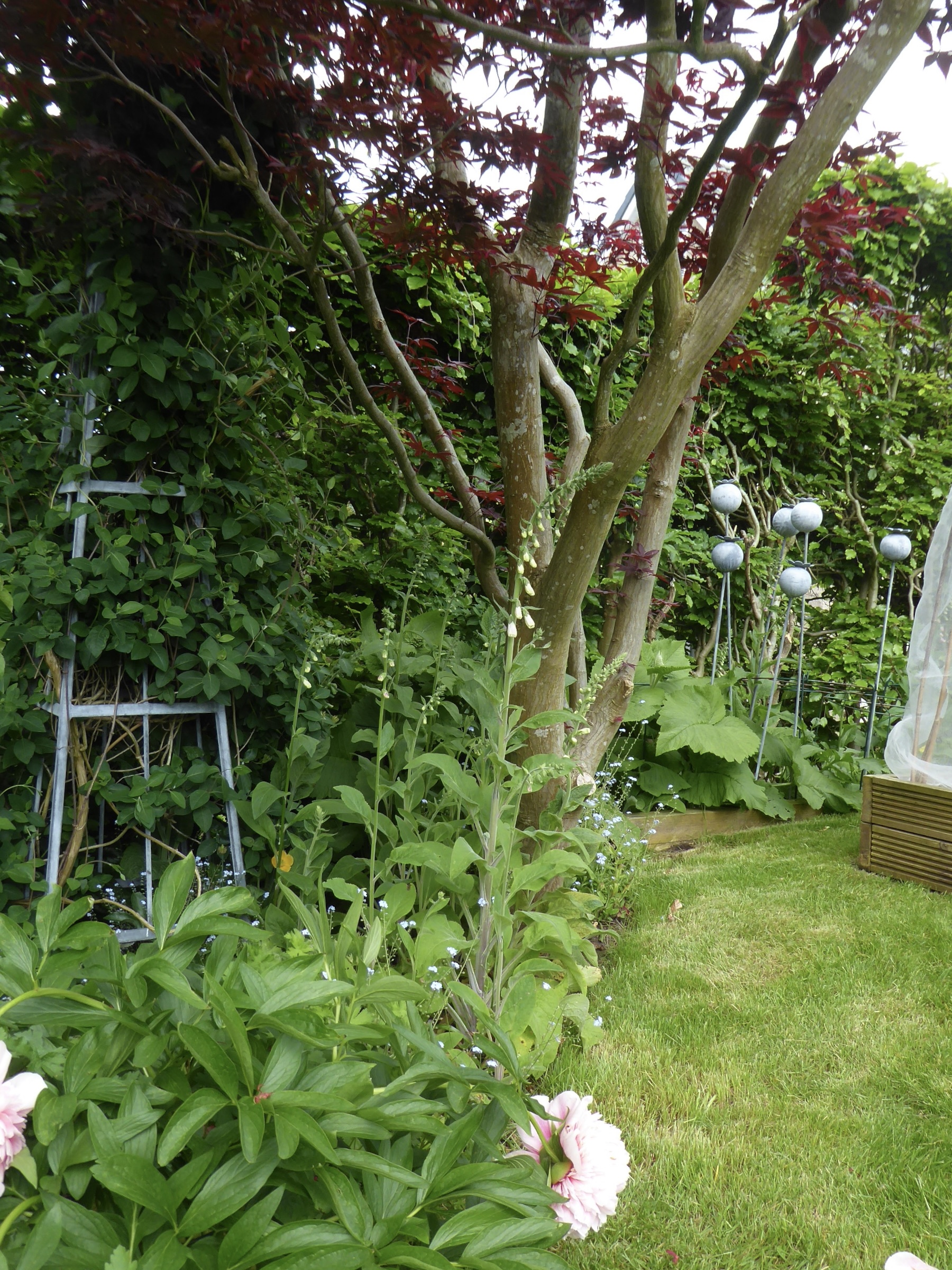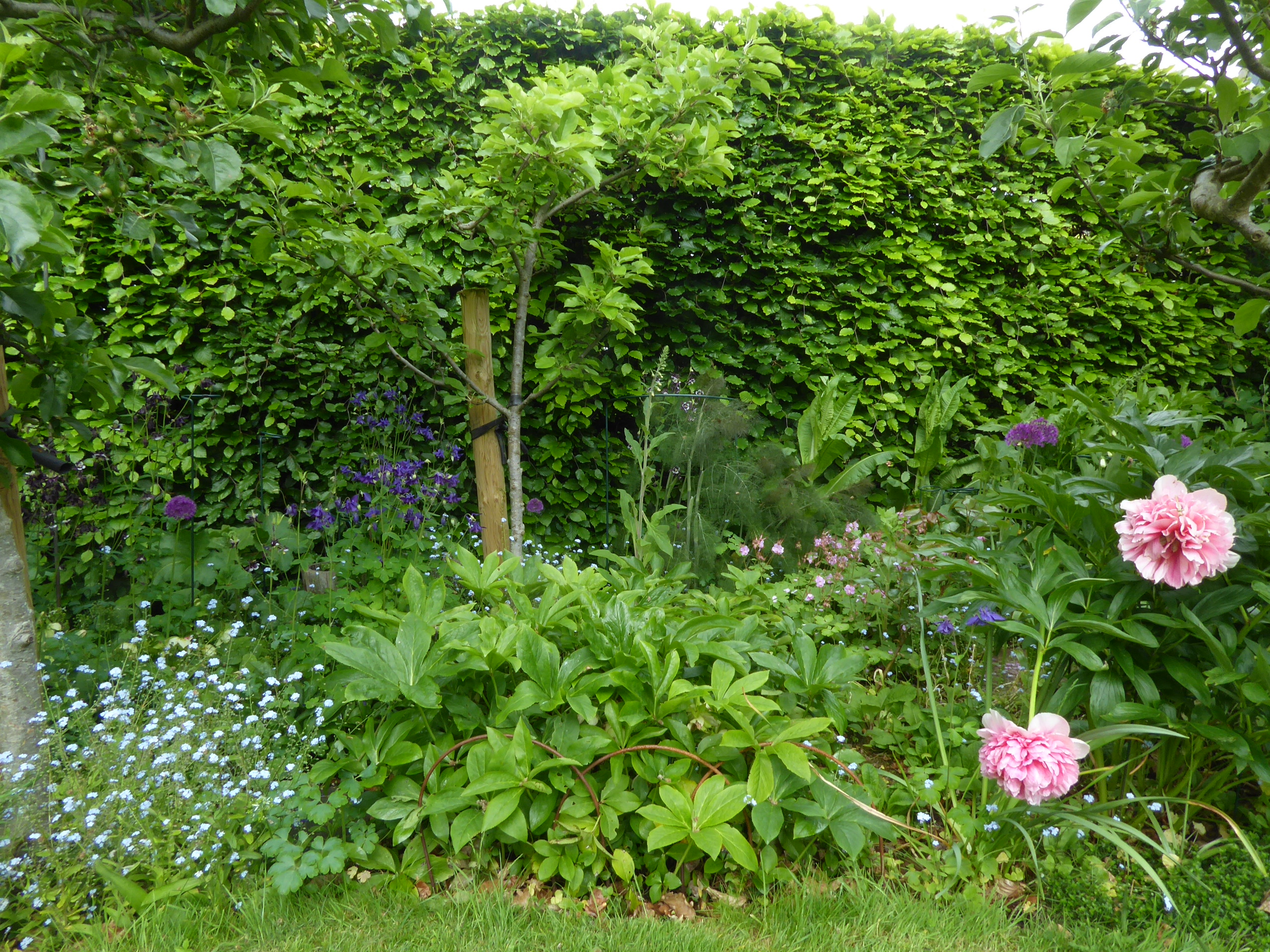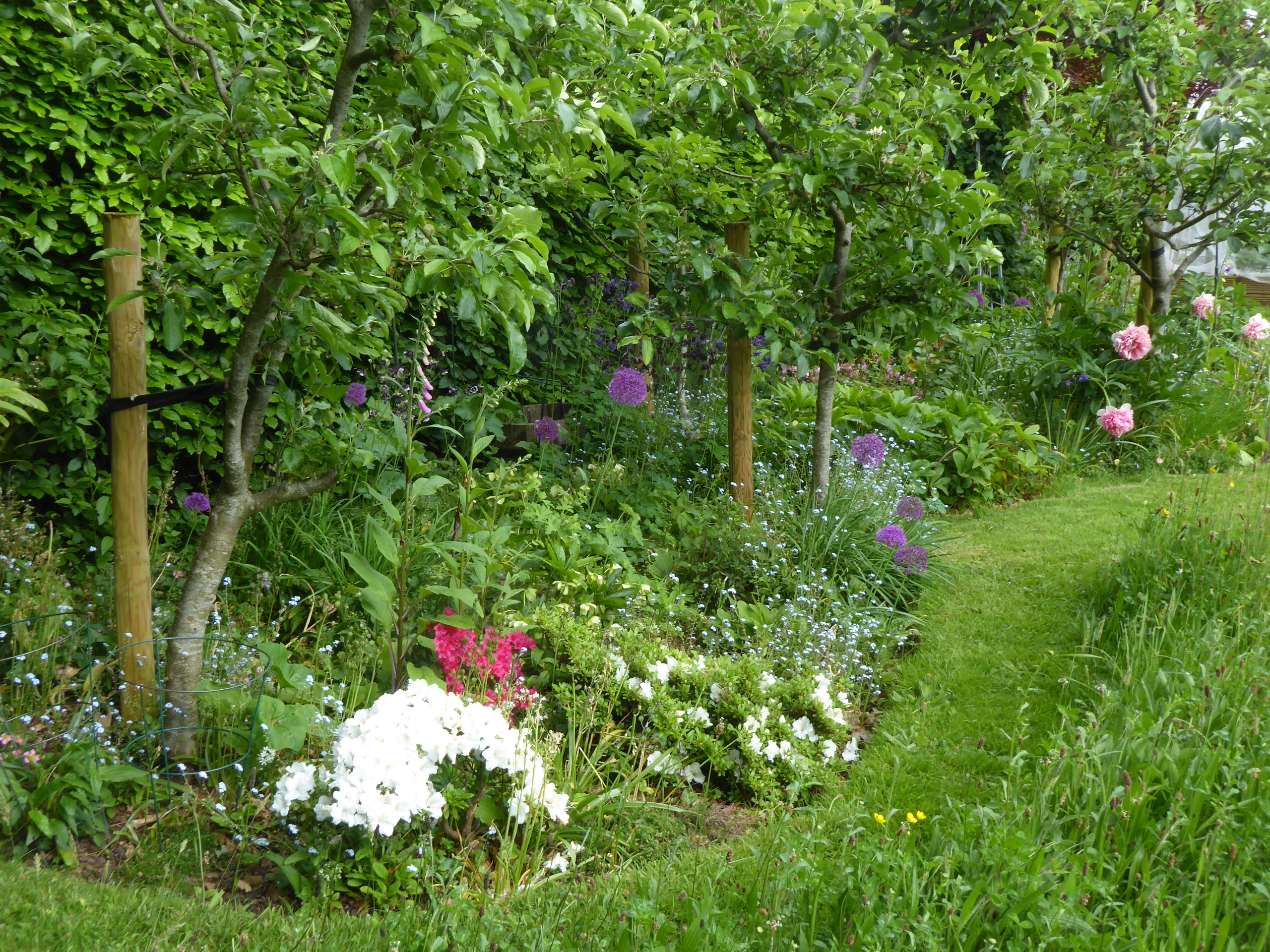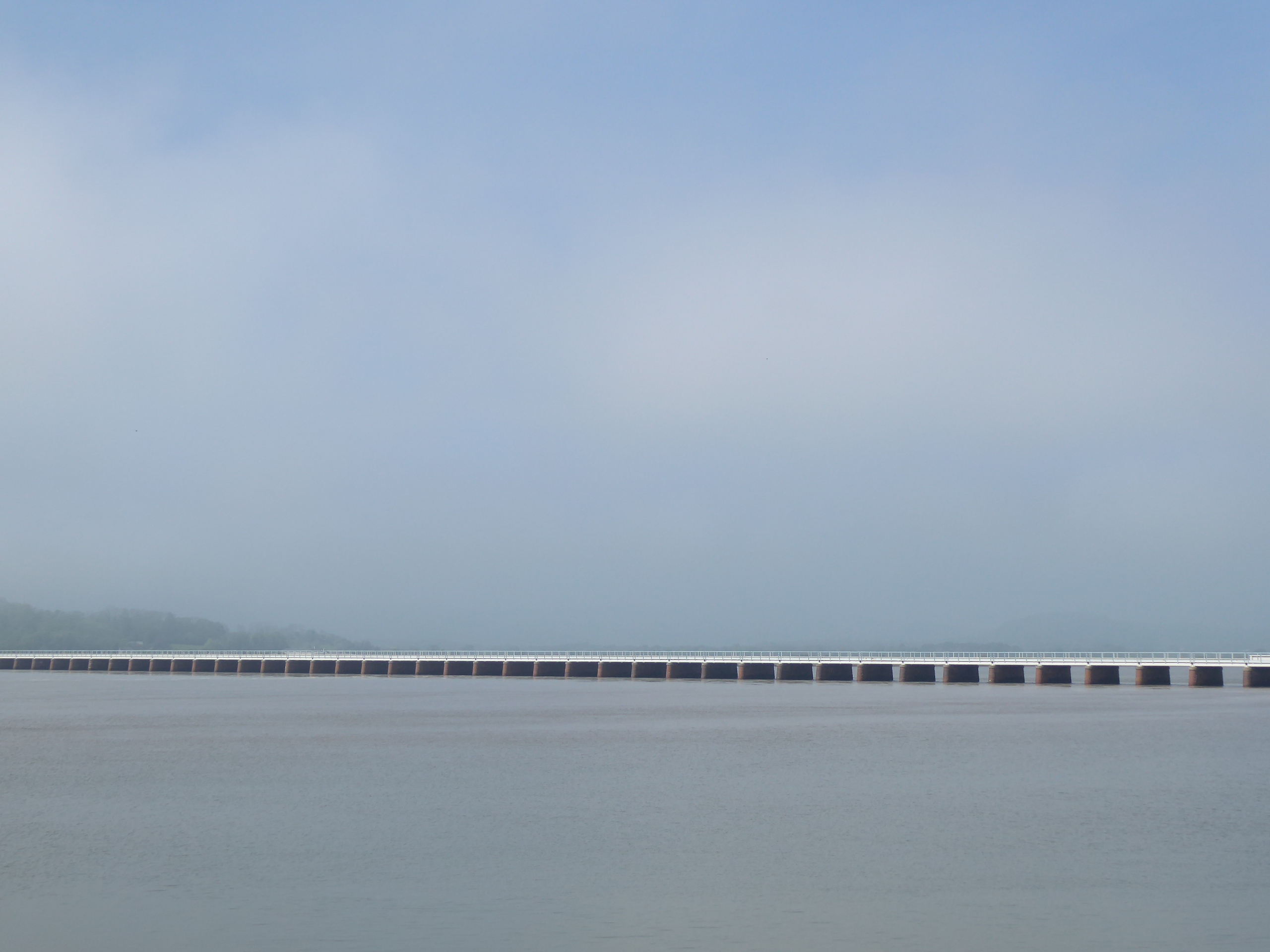These days I have a Kindle with hundreds of books loaded onto it, and it always comes with me. In my younger days I took whatever books I could find – on youth hostel bookshelves, in small corners of second-hand bookshops where they sold foreign books, or by swapping with others. That’s why I once read a Jeffrey Archer book and why there are/were copies of “The Duchess of Malfi” (Montpellier – probably once a set text for students) and Montaigne’s Essays (Alexandria, I think) on the bookshelves.
Which is a long-winded way of explaining how I once read “Hadrian the Seventh” by Frederick Rolfe, puzzling at its weirdness on each page. I had no idea what to make of its arcane language, waspishness and Roman Catholicism.
That kind of serendipity has long been banished.
And so to my latest read, “a study of an artist’s paranoia”. It’s a clever, satirical novel about literary jousting and artistic skullduggery. Rolfe is partly the updated inspiration for the main character, Daniel Skipton – a repellent, vituperative, dishonest, sleazy, literary Mr Ripley stranded in Bruges, living in squalor and despising the rest of the world for not recognising his genius. He is still polishing his next novel, which he completed a year before, using a black pen for grammar, green for style and red for comment. It’s a slow process:
Daniel counted, the number of lines and the words in each line. Two hundred and forty words, roughly. A day’s work.
The book has plenty of such sly jokes; they keep you reading about such unlikeable characters through the prism of Skipton’s internal discourse. (At least I hope it’s meant to be Skipton’s; if it’s Hansford Johnson’s own style, she’s definitely off my list.)
Skipton turns on almost everyone, including those whose hand he is feeding from. He has a brilliant line in invective, whether written, spoken or thought.
She read to them, in the glutinous accents of self-love, imbecile verses engendered in the tripes and filtered through the clogged sieve of her mind, dropping finally on to the paper with such an irrelevant accretion of stale orts and rotting scraps that the tripes moved at the sight of them, thus bringing, in this meanest work of art as in the noblest, the end into holy fusion with the beginning.
It’s one of the strings that animates him. The other is an acute aesthetic sense which sends him to his window each evening to watch the sunset and anchors him to the beauty and spirit of Bruges. It’s his one sympathetic quality.


